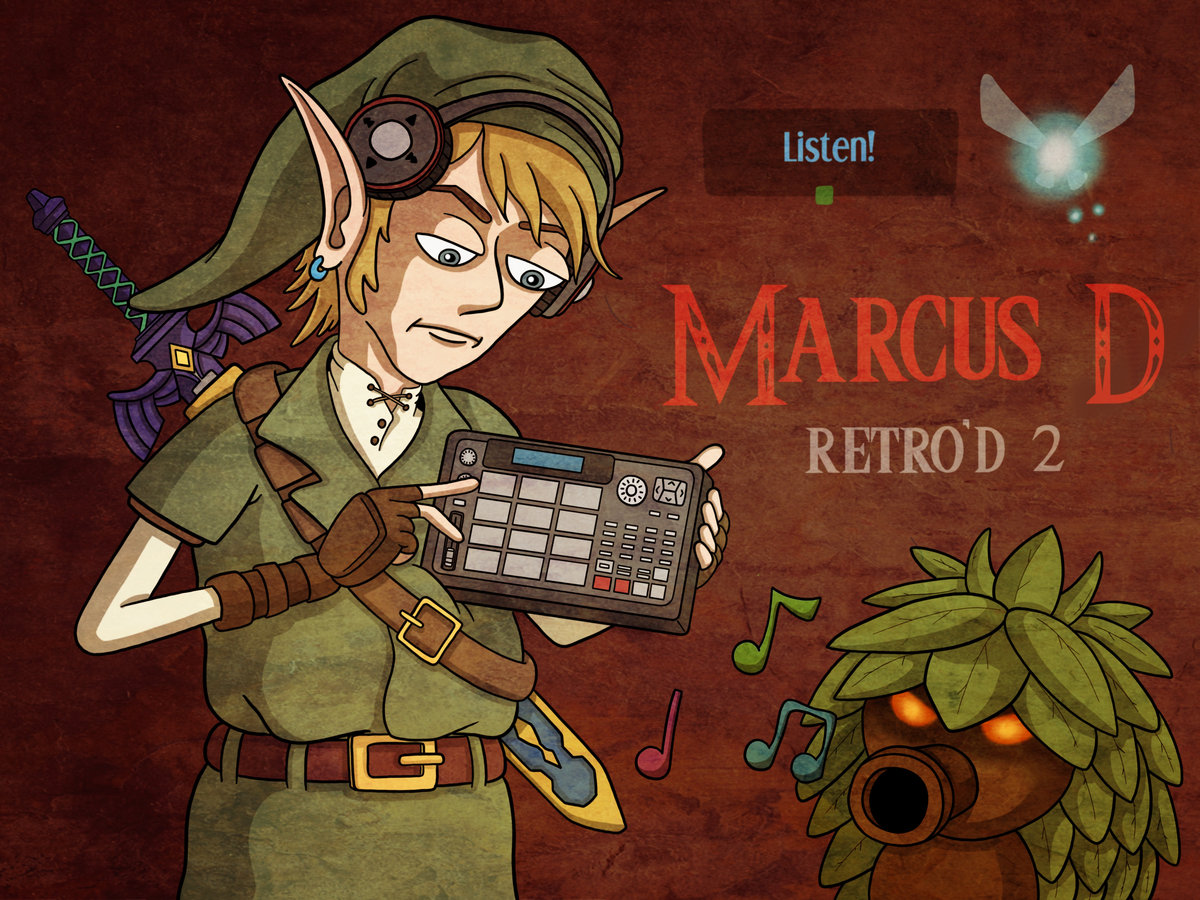
I’m sure that following the rollout of real-time Penguin in 2016 that we’re now looking at a situation where an enormous amount of the link graph is now simply being ignored by Google altogether.

Who wants to be waking up every day checking to see if that was the day that Google caught up with you? The discounted link graph & link hubs
#Future link it manual
Google are only ‘pretty good’ at spotting gamed links “regardless of the site” even when referring to contributor spam on sites like Forbes and The Huffington Post.īut in 2018, with the history of Penguin, manual penalty rollouts and Google becoming increasingly adept as spotting and devaluing gamed links, who is going to take the risk of following a similar strategy with their brand, where real people’s incomes and livelihoods depend on the commercial success of the site? No, it still works, but to a much lesser extent than is used to, but it still works. While we’re at it, have Google solved link spam? No, they still exist, but you would have had to have been up to some impressively negligent stuff for you to discover you had been hit by one these days.

Google seems to have followed a logical tactical progression over time: no action > penalisation > neutralisation.ĭo I think we’re past the days of link penalties? This change now meant that instead of a sitewide penalty being applied, which could take months for sites to resolve and recover from, spammy links were now being devalued in real-time with either a limited detrimental impact on a site or page, or simply being devalued completely with no net impact whatsoever. Penguin now devalues spam by adjusting ranking based on spam signals, rather than affecting ranking of the whole site. In early 2012 Google rolled out the Penguin update, originally intended to introduce a negative impact from the kind of lower-quality gamed links that they wanted to discourage.Īlmost overnight, adding the risk of penalty killed the demand for paid and spam links.Įstimates are that this affected around 3% of search results, with some high-profile casualties is was as much a PR move as it was an effort to rebalance their index.īy 2016 Penguin had gone through several rollouts and Penguin 4.0 became part of the core algorithm. These links were being created at enormous scale, both manually by offshore teams, or by bots and software.

This status-quo was seriously harming Google’s core ability to rank sites based on organically gained links as they became buried under a tsunami of gamed and paid links. While marketers were acutely aware of the potential up-sides to links, they were also aware that there was no detrimental impact of a poor link, so quality control was non-existent. Of course, as digital marketers and brands became more aware of the impact of links this quickly turned into a digital arms race, with sites swapping, buying and spamming links with little or no thought to their quality, relevance or marketing impact. Over time, as a ranking factor, this has of course become more nuanced, with other off-page factors, such as the quality of the linking site, the keywords used and contained in the anchor text, and the terms and topic of the surrounding paragraph, all contributing both to the overall impact and topical impact of the link. The basic premise being that the more influential the site, the more links and citations they would attract from 3rd party sites. Since its beginnings Google has relied on links as being a key quality signal for grading websites.


 0 kommentar(er)
0 kommentar(er)
